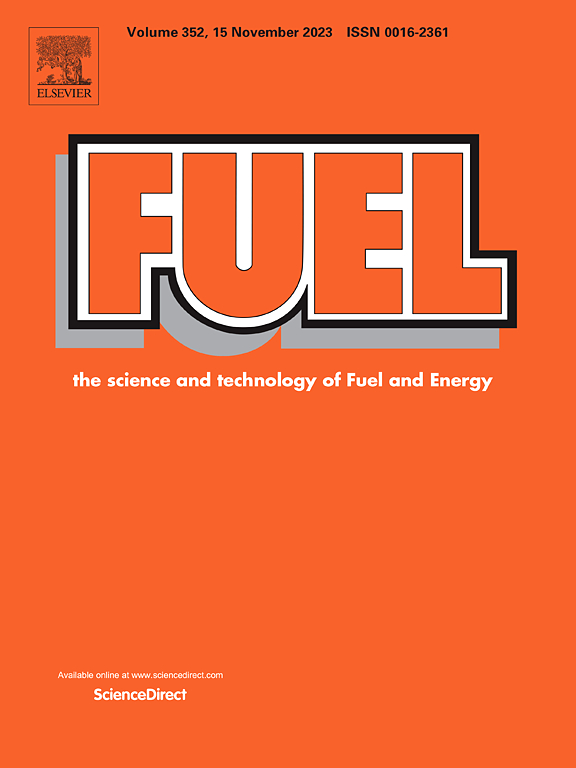Preparation of stable nickel nanosuspensions and evaluation of their efficiency in enhancing carbondioxide solubility in brine
IF 6.7
1区 工程技术
Q2 ENERGY & FUELS
引用次数: 0
Abstract
In recent years, there is a surge of interest in harnessing nanoparticles for enhancing mass transfer of CO2 in water. Utilizing Nickel nanoparticles for enhancing CO2 solubility in brine and preparing carbonated water for the purpose of addition oil recovery and CO2 storage, has not been reported to date.
Nickel nanoparticles settle down easily when dispersed in brine containing monovalent and/or divalent ions. In this study, prior to absorbing CO2 in brine, stable nickel-nanosuspensions in brine have been prepared, by adding a bio-polymer, Xanthan Gum as a stabilizer. Addition of Xanthan gum (XG) escalates brine viscosity, thereby reducing the sedimentation rate of Nickel nanoparticle decreases. It has been observed that, at room temperature, stable NiNP-XG-brine nanosuspension can be prepared at XG concentration greater than or equal to 0.2 wt%. Various factors such as temperature, concentration of Xanthan Gum and Nickel nanoparticles, that effect the viscosity and stability of Nickel nanosuspensions prepared in XG-brine mixture have been studied. Characterization techniques such as zeta potential analysis, turbiscan stability analysis, measuring dynamic viscosity and visual observations have been used for this purpose.
In this study, pressure-decay-based method is proposed to calculate molal solubility, Henry’s constant, and diffusivity of CO2 in deionized water, synthetic brine, and the prepared nickel nanofluids at initial pressure of 50 bar and temperature of 32 ℃. Thereafter, the pressure–time data collected after each experiment and an analytical-graphical approach suggested by Pacheo-Roman and Hejazi is used to solve Fick’s second law equation of diffusion that governs the diffusion process. The results provide new insight into the mechanisms of CO2 mass transfer in the nickel nanofluids. It is found that molal solubility of CO2 in NiNP-XG-brine nanosuspension containing 0.2 wt% XG is greater than brine. Moreover, solubility of CO2 in NiNP-XG-brine nanosuspension containing 0.02 wt% NiNP and 0.2 wt% XG is 15 % more than pure brine. The observed increase might be attributed to enhanced hydration of CO2 in presence of Nickel nanoparticles. However, it is observed that diffusivity of CO2 in deionized water and brine are greater than all the NiNP-XG-brine nanosuspension studied here.
求助全文
约1分钟内获得全文
求助全文
来源期刊

Fuel
工程技术-工程:化工
CiteScore
12.80
自引率
20.30%
发文量
3506
审稿时长
64 days
期刊介绍:
The exploration of energy sources remains a critical matter of study. For the past nine decades, fuel has consistently held the forefront in primary research efforts within the field of energy science. This area of investigation encompasses a wide range of subjects, with a particular emphasis on emerging concerns like environmental factors and pollution.
 求助内容:
求助内容: 应助结果提醒方式:
应助结果提醒方式:


